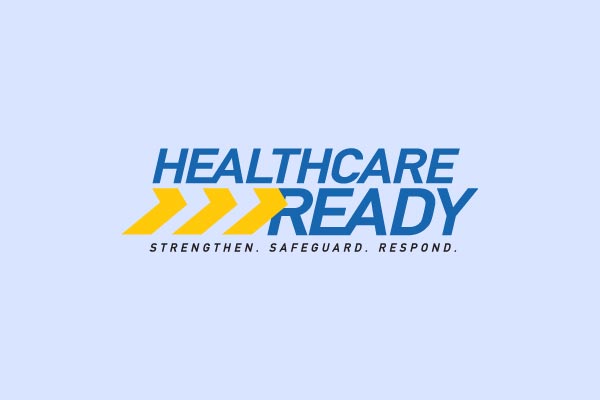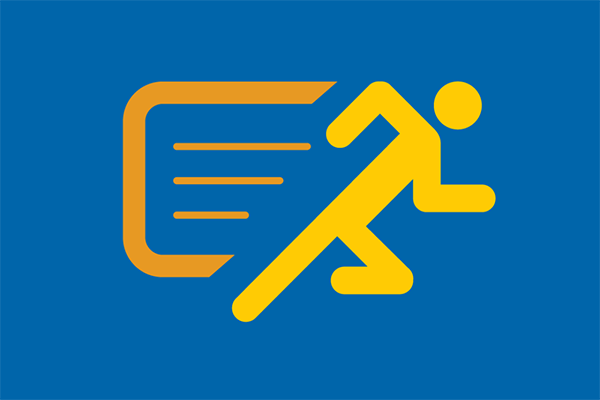- TELE-HEALTH
- >
- Telehealth’s Applications for Preparedness and Response
TOPIC:
Telehealth’s Applications for Preparedness and Response
Telehealth as an equitable healthcare distribution strategy
Telehealth can and should be a key component of both community preparedness planning and post-crisis response strategies. Additionally, certain telehealth applications can be used in daily operations to help expand existing capacity at points of care. To learn more about telehealth’s applications in preparedness and capacity-building, read the summaries below or download the full paper here.
Telehealth & community preparedness
Incorporating telehealth into current preparedness planning can help limit care disruptions during and in the aftermath of crises. Understanding how telehealth can work in and for communities, as well as where limitations might exist, will help strengthen your preparedness efforts.
- Hardware & software: While some health systems have customized telehealth structures built into existing operations and technologies (such as EHR compatibility and online patient portals), telehealth can be as simple as a system to connect with patients over the phone. Planning ahead for what level of telehealth you can reliably provide and what barriers to delivery you expect to encounter (such as power outages) means you can deploy reliable, accessible telecare access when it’s needed most.
- Community access: Telehealth delivery models work well when technologies are aligned across patients and providers. If your telehealth delivery requires video conferencing, but patients only have phones with limited internet connectivity, these efforts won’t result in care continuity. Figuring out what connectivity options are accessible to community members, and how to account for differing levels of familiarity and comfort with using technology, will help set everyone up for success.
- Communications: Communicating about telehealth options must begin long before crises take place. How you share information about telehealth options as part of broader emergency preparedness communication strategies will help everyone feel prepared and equipped with the information they need long before they need it.
Telehealth & response
Telehealth can be a powerful tool in response strategies both during and after crises. Planning for both how telehealth will be used today and ensuring the right people have the right training to successfully deploy the strategies is key to a successful response effort.
- Local communications infrastructures: Disasters like wildfires or hurricanes can disrupt, weaken, or knock out communication infrastructures all together. Knowing your region’s capabilities, estimated disruption times, and potential workarounds can help you deploy telehealth measures effectively as part of a broader response strategy.
- Supply chain management: Telehealth can support getting medial goods, such as prescription medications, to patients during and after disasters. Having these supply chains and workflows mapped out can help effectively connect patients to medical supplies via telehealth networks.
- Specialty care consultations: During and after crises, many patients may experience health concerns that do not require emergency care but may still require specialty care knowledge. For regions where specialty care experts may be limited, telehealth can be used to connect with experts in other regions to offer consults to frontline providers that help prevent emergent situations from becoming acute.
Beyond emergency preparedness and response efforts, telehealth can be used in regular point-of-care operations to expand existing capacity.
- Assessment: In-person visits for minor ailments can be disruptive for both patients and providers. Telehealth assessments can often help identify what issues require urgent care — saving patients and providers time and potentially providing faster relief.
- Care deserts: For patients in care deserts, telehealth can be a lifeline for connecting to health professionals. Teletherapy, for instance, can provide support for mental health concerns effectively and without burdening patients with long travel demands.
- P2P consults: Provider-to-provider consults can help connect frontline providers with specialists in fields like endocrinology, hematology, and more. These P2P consults can augment primary care and support patients who live in care deserts, are un- or under-insured, and who otherwise cannot access specialty care.
Telehealth, in conjunction with other investments, is one way to help increase healthcare access. Though it is not the only potential solution, telehealth has been shown to help patients overcome barriers to care including:
- Limited transportation
- Long distances from healthcare facilities (for example, for rural populations)
- Caregiving needs to others in the home
- Other factors related to time, affordability, and enhancing a patient’s feeling of comfort for getting care on their own terms
Telehealth has been shown to be beneficial for historically underserved or marginalized communities, including the LGBTQIA+ community and people living with disabilities who are often faced with higher rates of chronic conditions.
However, there are still challenges to ensuring equitable practices in providing telehealth services. For instance, people with disabilities are more than twice as likely to be living below the poverty line and 20% less likely to own a computer, smartphone, or tablet compared to people without disabilities. Additionally, the digital divide — gaps in understanding how to use and engage with different technologies — can be a barrier to accessing telehealth services. The digital divide disproportionately disadvantages Black and Latinx communities, older adults, rural populations, and those with limited proficiency in English language skills. Because of this, telehealth programs require coordinated responses and community outreach to ensure they don’t widen existing healthcare disparities or create new ones.
To support equitable telehealth strategies and practices, Healthcare Ready is a member of the Telehealth Equity Coalition, which also provides tools and resources for organizations looking to implement equitable telehealth solutions.



